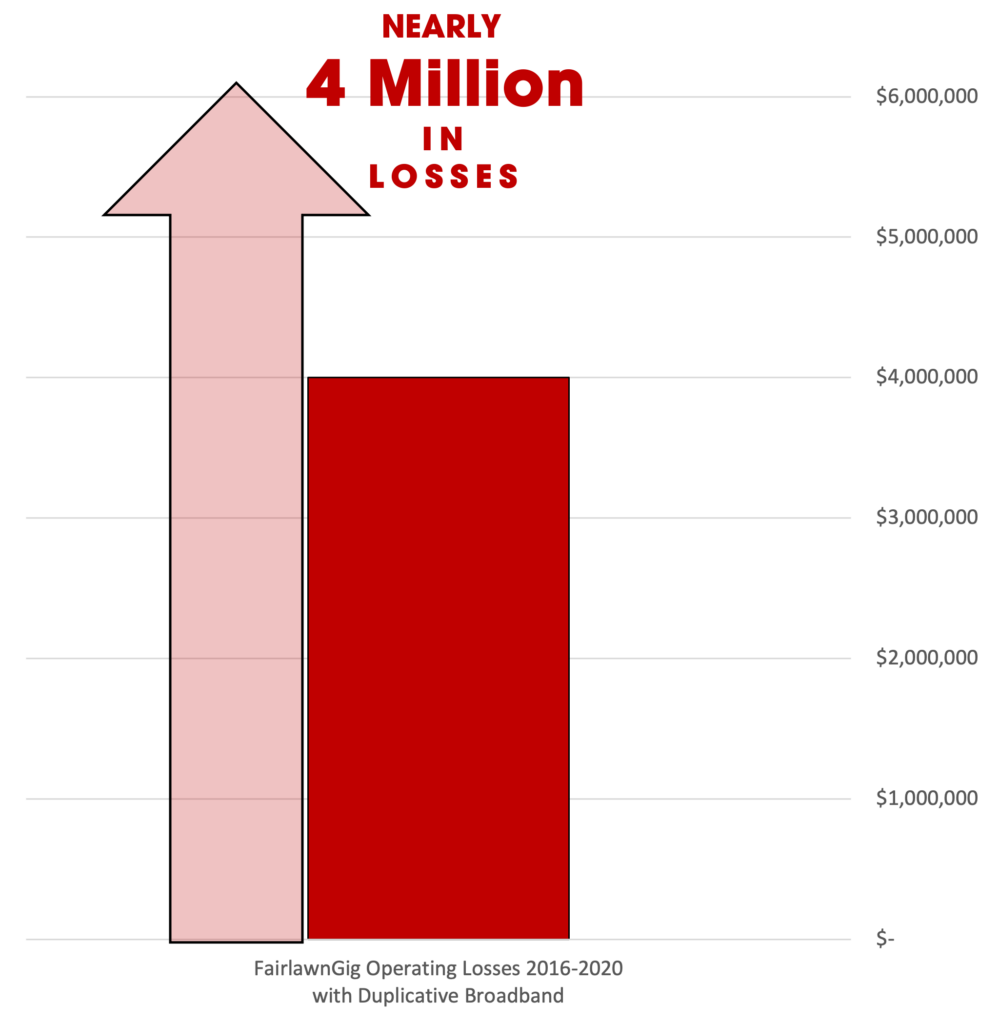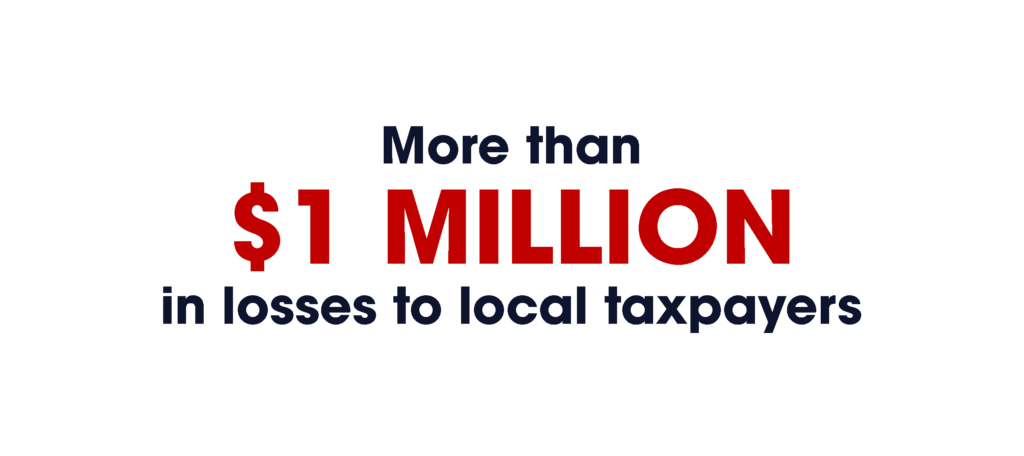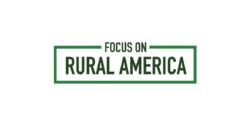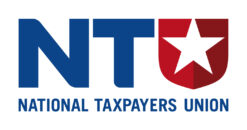
It’s time to close the digital divide in Ohio.
Take Action, Ohio
Now, more than ever, Americans rely on access to the high-quality internet service that has made U.S. broadband a global leader in terms of investment, availability, relevance, and readiness. And according to 2021 data from Pew Research Center, 93% of American adults use the internet – an increase of nearly 80% since 2000. In Ohio, the trends match or exceed the national average.
According to BroadbandNow:
Yet too many Ohio families remain unconnected – particularly in those areas of our community that have historically been under-resourced.
Adoption-related issues like income and digital literacy – not a lack of access to broadband – are driving Ohio’s digital divide.
Innovation Ohio Education Fund Broadband Report, 2022

Unfortunately, some Ohio communities are considering plans to build and operate government-owned broadband networks despite the fact that these networks have a very poor track-record in Ohio, and usually do not connect families in under-resourced areas that need help the most. Some examples include:


That’s why the Alliance for Quality Broadband is advocating for real solutions to address the digital divide comprehensively — encouraging investment in broadband deployment to reach every unserved area and supporting effective adoption programs addressing barriers that prevent people from subscribing to internet service.

SUMMIT COUNTY, OH
We’re fighting for the right solutions to close the right gaps within Summit communities.

COLUMBUS, OH
We’re fighting for the right solutions to close the right gaps within the Columbus community.

CLEVELAND, OH
We’re fighting for the right solutions to close the right gaps within the Cleveland community.

What We Are Fighting For
The Alliance for Quality Broadband understands that reliably connecting all Americans requires solutions that holistically address the digital divide. We are working to connect more Americans by:
We Need Your Help:
Sign our petition to encourage your local elected leaders to deploy the right solutions and close the right gaps to connect our communities the right way!











